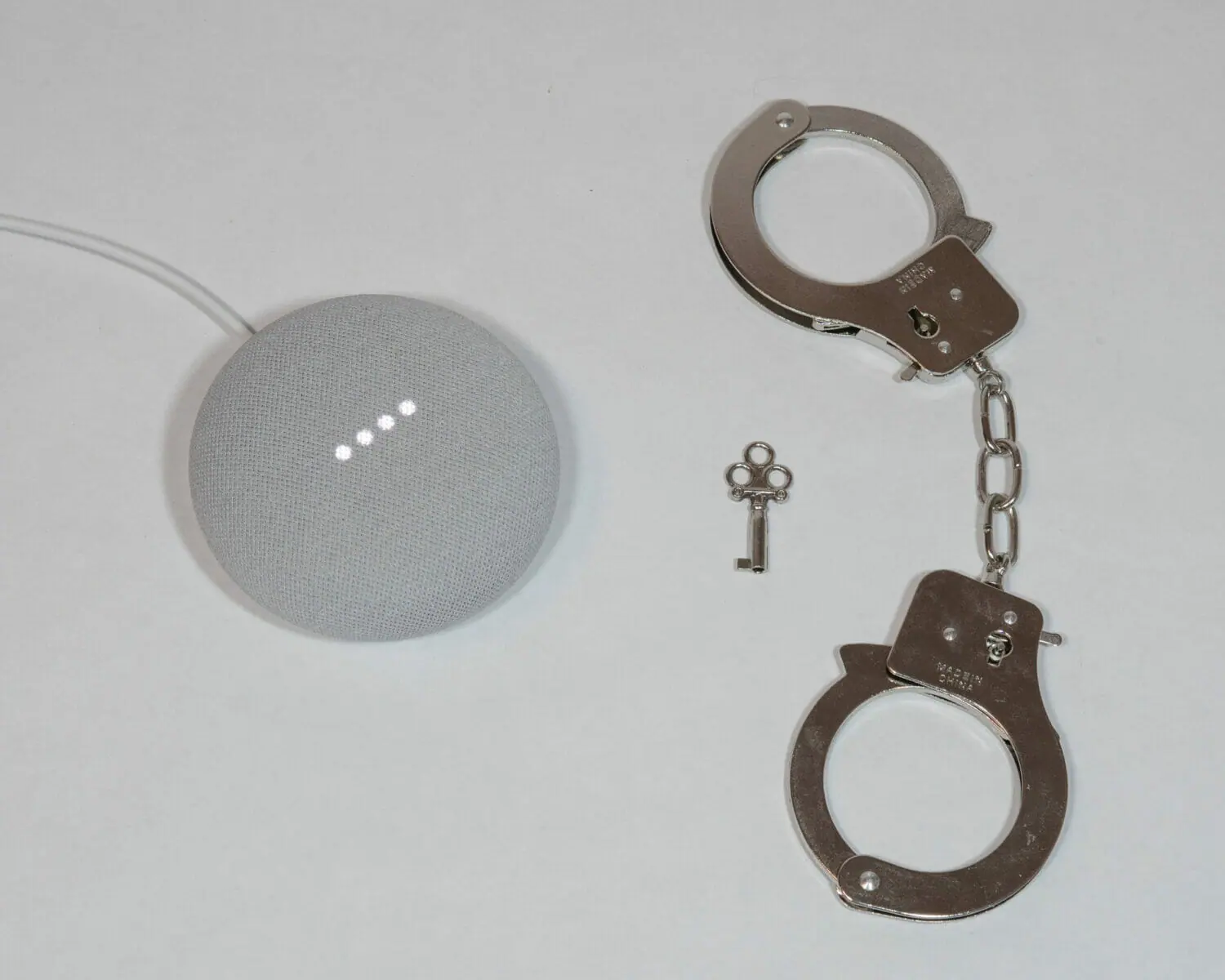Law enforcement is adopting more tech-savvy ways to operate and catch potential suspects.
“Digital dragnets” are a new type of coordinated system police use for catching criminals. A dragnet is a policing term that refers to any techniques police might use to enclose an area and find a criminal (e.g., conducting traffic stops, doing DNA tests of people in a specific area).
Digital dragnets implement these techniques in an even more covert, savvy and potentially dangerous way. One form of digital dragnets is a geofence warrant: It allows police to collect location data from technology companies like Google if they’re trying to find out who was in an area at a specific time. Digital dragnets are used by police in several countries including Canada.
Not all digital dragnets are dangerous or involve the collection of location data. The Be On The Lookout (BOLO) program uses technology, advertising and social media to assist Canadian police agencies in locating criminals across the country. It was used to find Bradon Teixeira who was charged with first-degree murder, for a 2017 shooting in British Columbia. The BOLO program put up ads showing Teixeira’s face on billboards, flyers (which were distributed to businesses Teixeira may have visited) and social media. These targeted ads led to tips and an eventual arrest.
How Google helps police
A 2019 article in the New York Times (NYT) revealed Google has been collecting location data from Android devices and some Apple products that have Google applications installed, and giving the data to police upon request. Such location data is maintained in what Google calls the Sensorvault, which holds location information from millions of devices across the globe. The data also goes back almost a whole decade. If you don’t remember where you were 10 years ago, Google does, and so might the police.
Location data gives each smart device an identification number for detectives to track movement patterns specific to a crime. Once the dataset is narrowed down to a potential list of suspects, Google then reveals the device’s user information to police.
Our world has seen data grow and be exploited massively over the last decade. Data as evidence, data as advertising, data as filtering: These are just examples of how our digital footprints are being used for purposes beyond our expectations. As consumers become more digitally literate and privacy conscious, calls for stricter government regulations have been made around the globe, and particularly in the United States.
The 2018 Carpenter vs. United States Supreme Court case resulted in the decision that police must hold a warrant to access location information from telephone companies. Yet this ruling has not dissuaded law enforcement. According to one Google employee who the NYT interviewed in 2019, the tech company received about 180 geofence warrants a week.
Dragnets and data rights
Digital rights lawyer Jerome Greco, in an interview with Forbes, argues geofence warrants “inherently invade the privacy of numerous people, who everyone agrees are unconnected to the crime being investigated, for the mere possibility that it may help identify a suspect.”
Some might argue that all this was bound to happen: once technology is created with the ability for surveillance, it’s only a matter of time before it falls into the hands of law enforcement. Yet, digital dragnets represent a new danger.
Geofence warrants have been used to investigate a myriad of crimes from bank robberies, arson, terrorism, murder and sexual assault. Digital dragnets can have huge implications on people’s lives. Even if a person is released during an investigation after being cleared of suspicion, time under police detention could risk employment and future stability.
Digital dragnets are just a tiny part of the sea of data collection practices spurred over the last decade, putting tech giants like Facebook under public and political scrutiny.
In the NYT article, one interviewed victim of digital dragnets was Jorge Molina. He was told by police they had location data placing his phone at the scene of a murder. Molina was held in police custody for just a week before the authorities realized he was innocent. But Molina’s life hasn’t been the same since the incident. He lost his job after he was wrongfully arrested at the warehouse he worked at. His car was repossessed after the investigation, and his digital privacy was undoubtedly breached.
It is consequences like these that can occur from digital dragnet investigations. Contrary to traditional dragnets, the police do not need a specific individual or device to move their investigation along. The primary suspect becomes the location. Police investigations become a Where’s Waldo-style hunt, where numerous people and devices become implicated in a crime. When police searches are supported by such shaky evidence, the probability of innocent people becoming implicated are sky high. Every individual with a device in a specific area during the time of the crime instantly becomes a suspect, simply because their information is being shared to Google.
As recognised in the 2018 U.S. Supreme Court Carpenter vs. United States case, which was written by Chief Justice John Roberts, geodata is “an intimate window into a person’s life, revealing not only his particular movements, but through them his ‘familial, political, professional, religious and sexual associations.’”
Digital dragnets are just a tiny part of the sea of data collection practices spurred over the last decade, putting tech giants like Facebook under public and political scrutiny. As COVID-19 accelerates the digital revolution, we need stricter, relevant measures regulating who gets access to our digital footprint, and how our data is being used.
Correction: An earlier version of this article stated the Be On The Lookout (BOLO) program shared digital geoinformation to help police find missing criminals. This is not true. The BOLO program uses advertising campaigns to help generate awareness about and find missing criminals. The Gazette has updated the article and apologizes to the BOLO program for our mistake.


Recent Comments